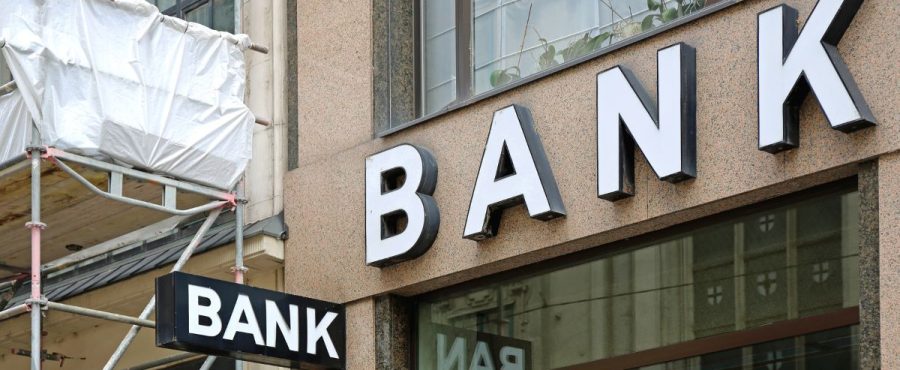Information Technology in Finance
In today’s dynamic financial landscape, the fusion of information technology in finance, also known as IT in finance, is indispensable for efficiency and competitiveness. At Lightwave Networks, we recognize the pivotal role of IT infrastructure in the financial sector.
Read MoreColocation for Banks
LightWave Networks provides specialized colocation services tailored to the stringent data security needs of banks across the United States. Recognizing the paramount importance of safeguarding financial data, our advanced data centers offer a fortified environment for colocation servers and IT infrastructure. Financial institutions can rely on colocation for banks, including our high-performance computing capabilities that are coupled with redundancy features and rigorous security protocols such as biometric authentication and continuous surveillance. This ensures the utmost integrity and confidentiality of sensitive financial information, aligning seamlessly with industry regulatory standards.
Read MorePEN Testing vs. Vulnerability Scanning
A business would avoid vulnerable networks to safeguard sensitive data, protect against cyberattacks, maintain continuity, comply with regulations, preserve its reputation, and build trust with customers. It ensures business operations run smoothly, avoids financial losses from breaches, and promotes a competitive edge. Avoiding vulnerabilities enhances data security, reduces the risk of intellectual property theft, and fosters employee productivity. Ultimately, prioritizing network security demonstrates a commitment to customer trust, strengthens the brand image, and safeguards the long-term success and stability of the business. When it comes to securing networks, business owners could choose from two options – PEN testing and vulnerability scanning. Continue reading below to learn more about PEN testing vs. vulnerability scanning and how these processes could help secure your business.
Read MoreHow to Detect a Data Breach
A data breach refers to the unauthorized access, acquisition, or disclosure of sensitive or confidential information. It occurs when cybercriminals or unauthorized individuals gain entry into a system, network, or database, compromising the security of personal, financial, or sensitive data. Breaches can result from various factors, including weak security measures, software vulnerabilities, insider threats, or social engineering attacks. The aftermath of a data breach can lead to identity theft, financial loss, privacy violations, reputational damage, and legal consequences, highlighting the critical importance of robust cybersecurity measures to prevent and mitigate such incidents. Since a business’s data is so important to them, they should learn how to detect a data breach. Continue reading below to learn more from one of the most experienced Tampa data centers.
Read MoreHealthcare Data Security
Protecting patient data is paramount in healthcare. Patients trust healthcare providers with their most sensitive and personal information, including medical history, diagnoses, treatments, and insurance details. Breaches of patient data can result in severe consequences, including legal ramifications and loss of trust. Our provider of Florida dedicated servers is here to give a comprehensive look at what this kind of service could do for your business. We know that accurate and reliable patient information is essential for providing high-quality care. Data breaches or tampering can lead to incorrect diagnoses, treatment errors, and compromised patient safety, which is why we offer healthcare data security services. Continue reading below to learn more.
Read More




